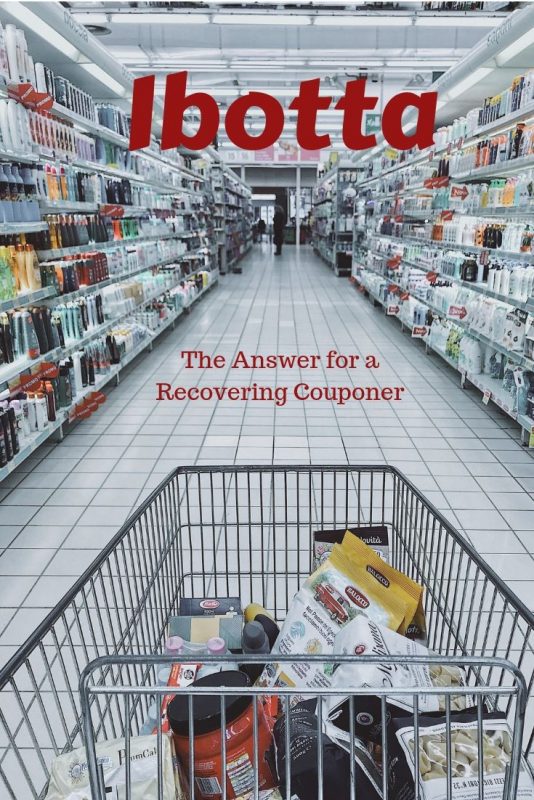Ibotta in two words: It works!
I washed in and out of couponing over the years. Sometimes I was all in, scouring everywhere for coupons I could use. Sometimes it was more hit and miss; if I found something, I used the coupon.
Lately, I haven’t done much at all. I guess I just got over the clipping phase of my life.
Then, phone apps came. I started using a grocery list app that alerted me to sales at local stores. T was great but it alerted to sales even if I was just driving past the store. I guess I could have u-turned.
Recently, I decided to give Ibotta a try. The verdict is in: I like it.
The thing I like best about Ibotta is that it focuses more on in-store purchases. Many of the other apps are all about shopping online. I’m all for shopping online but I don’t shop for groceries that way. I go to the store so that I can look at the things I buy.
It’s easy to figure out the basics: Find an offer I like, tap the “+” symbol, watch a short video or answer a simple question and the offer is in my hands. Then, I go to the store, buy the item and get credit when I scan my receipt. Easy peasy.
It’s the right mix for me. The app has discounts on things I buy and they are often for enough money to bring the price down to a competitive level. The minimal savings on most coupons didn’t save me any money. Even with doubling, the final price was often more than another brand and rarely came close to the store brand price. Recently on Ibotta, there was an offer for $1.50 off a package of lunch meat. That offer brought the price to below the store brand. Now, that’s a good deal!
On the Plus Side
Ibotta is a free app
Always has a variety of offers
Has generic offers for any brand
No points just cash
Quick approval of receipts
Can combine the offers with the store’s deals
A barcode scanner lets you know if the product is eligible for an offer
A Few of Negatives
Can only use the app-not your computer
Shopping online must be done through the app
Offers are sometimes very short-lived
















